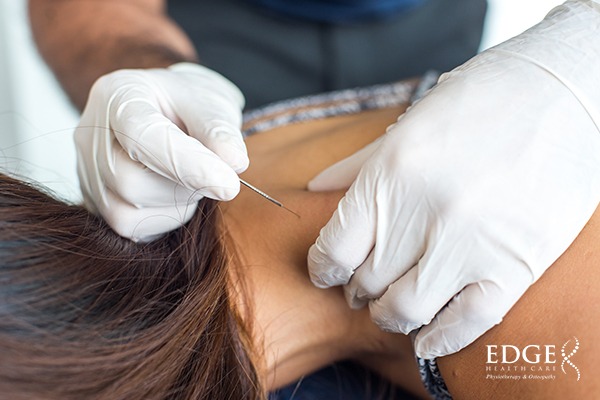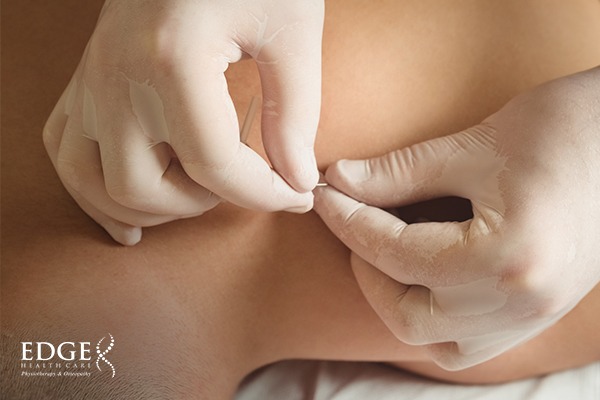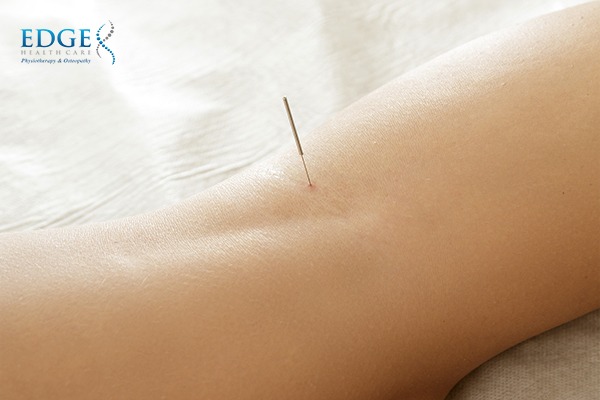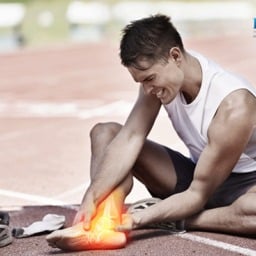
Whether you are an athlete, a weekend warrior or just someone trying to stay active, injuries can be a frustrating and painful setback. It is easy to feel like you are at the mercy of your body’s healing process and wonder if there is anything you can do to speed things up. That is where dry needling comes in.
Keep reading to dive into the world of dry needling and explore why it is becoming a go-to therapy for athletes, physical therapists and anyone in Singapore looking to get back on their feet as quickly as possible.
What is dry needling?
Dry needling uses thin, solid needles to stimulate specific points in the muscles, tendons or ligaments, which are also known as trigger points. Unlike acupuncture, which is based on Traditional Chinese Medicine, dry needling is rooted in Western medicine and focuses on the science of musculoskeletal pain and dysfunction.
The needles used in dry needling are thinner than the ones used for injections or drawing blood, and they are typically inserted to a depth of just a few millimetres. While the idea of having needles inserted into your body might sound uncomfortable, most people find that the sensation is not painful and some even describe it as relaxing.
Once the needles are in place, the physical therapist may manipulate them by twisting or tapping them to help release tension in the muscles. This stimulates blood flow and encourages the body’s natural healing processes.
Dry needling is often used as a complement to physical therapy and is effective for treating a variety of musculoskeletal conditions including sports injuries.
What are the benefits of dry needling?

- Pain relief
Inserting needles into trigger points helps to release tension and promote relaxation in the muscles. Dry needling also promotes blood flow which brings oxygen and nutrients to the muscles that are necessary for healing and reducing inflammation.
Furthermore, dry needling stimulates the body’s natural pain-relieving mechanisms. When a needle is inserted into the skin, it causes a small amount of trauma which triggers the body to release endorphins. Endorphins are natural painkillers helpful in reducing pain and enhancing well-being.
- Improved range of motion
When a muscle is tense or tight, it can restrict movement and make it difficult to perform certain activities. By targeting trigger points and promoting relaxation in the muscles, dry needling helps to restore normal movement patterns and improve your range of motion.
Nerve fibres are also activated when a needle is inserted into a trigger point, transmitting signals to the brain to dampen down the central nervous system and the excitement of the nerve to the muscle.
- Faster recovery
For athletes and active individuals, a speedy recovery from injury is crucial. Dry needling can help to speed up the healing process by reducing pain, promoting blood flow and encouraging your body’s natural healing mechanisms. This results in a faster recovery time and a quicker return to normal activities.
- Non-invasive
Finally, dry needling is a non-invasive technique that does not involve drugs or incisions. This makes it a safe and relatively low-risk option if you are not a good candidate for other forms of therapy.
What are the common injuries that can be treated with dry needling?

- Neck and back pain
Dry needling is effective in relieving tension in the muscles of the neck and back, which can be a common source of pain and discomfort, especially if you lead a sedentary lifestyle.
Learn more: 4 Lifestyle Habits That Will Help You Manage Neck Pain
- Shoulder injuries
Rotator cuff injuries, impingement syndrome and frozen shoulder can be treated by targeting trigger points in the muscles around the shoulder, reducing pain and improving the range of motion.
- Tennis elbow
Dry needling can be used to relieve tension in the muscles of the forearm, which is a common source of pain in individuals with tennis elbow.
- Knee injuries
Dry needling is also used to treat a variety of knee injuries, such as patellofemoral pain syndrome and iliotibial band syndrome. It works by reducing pain and improving function through the stimulation of trigger points in the muscles around the knee.
What are the potential side effects of dry needling?

While dry needling is generally considered safe, there are potential side effects that you should be aware of.
- Soreness
It is common to experience soreness or discomfort at the site of the needle insertion after a dry needling session. This soreness typically resolves within a few hours to a few days and can be managed with rest, ice and over-the-counter pain relievers.
- Bruising
Minor bruising can occur occasionally but is not a cause for concern and resolves on its own within a few days.
- Fatigue
You may experience feelings of fatigue or lethargy after a dry needling session and it is completely normal. Take this opportunity to have a good rest to speed up your recovery.
- Nerve damage
Although rare, there is a risk of nerve damage associated with dry needling. This risk can be minimised by ensuring that the physical therapist performing the procedure is properly trained and experienced.
It is important to note that most people experience few or no side effects from dry needling. Speak to your physical therapist when in doubt.
Learn more: The Dos & Don’ts After a Dry Needling Treatment
Pinpoint your pain and recover faster with dry needling

Dry needling is a safe and effective technique that can help you recover from injuries faster, so why not give it a try?
Seek dry needling treatment at Edge Healthcare — our physical therapists are trained to provide personalised care that will help you get back to doing what you love.


